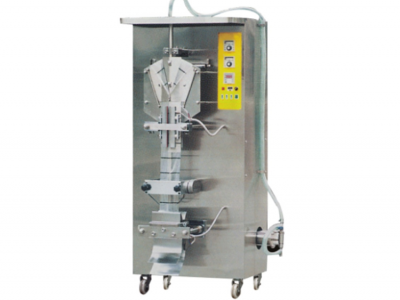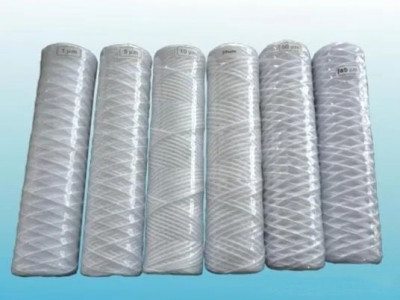Aplicações Técnicas de Ultrafiltração UF
O princípio de funcionamento da ultrafiltração (UF):
Ultrafiltração (UF) A tecnologia é uma tecnologia avançada de separação por membrana desenvolvida nos últimos anos com base na ciência dos materiais e tem sido amplamente utilizada em vários campos da construção industrial e municipal.
A ultrafiltração (UF) é um processo de separação por membrana acionado por pressão que utiliza a capacidade de interceptação de materiais porosos para separar partículas de fluidos e componentes dissolvidos. Os tamanhos típicos dos poros das membranas de ultrafiltração estão na faixa de 0,01-0,1 micrômetros e oferecem taxas de remoção extremamente altas para bactérias e a maioria dos vírus, colóides, lodo, etc. As membranas de ultrafiltração são geralmente feitas de polímeros cujas propriedades básicas são principalmente hidrofóbicas. Modificações hidrofílicas, como mistura, são possíveis. O processo é operado à temperatura ambiente sem mudança de fase e sem contaminação secundária.
Ultrafiltração usando material de fluoreto de polivinilideno (PVDF), o Departamento de estrutura de fibra oca de camada dupla de pele. Entre as membranas de ultrafiltração de PVDF utilizadas em aplicações industriais, a ultrafiltração tem o menor tamanho nominal de poro e é capaz de remover quase todas as partículas, bactérias (taxa de remoção de 4 log), a maioria dos vírus e colóides. Apesar do pequeno tamanho dos poros, sua porosidade extremamente alta permite que o UF alcance fluxos comparáveis à microfiltração, tornando-o uma escolha melhor do que a microfiltração na maioria dos casos.
A ultrafiltração utiliza uma estrutura de pressão externa que não é facilmente entupida, proporcionando maior capacidade de retenção de sujeira, maior área de filtração e limpeza mais fácil e completa. O projeto de fluxo é baseado na filtragem de fluxo total, mas os elementos podem ser facilmente convertidos para um modo de filtragem de fluxo escalonado. Em comparação com o fluxo escalonado, a filtragem de fluxo total consome menos energia e opera sob pressão mais baixa, resultando em custos operacionais mais baixos. A filtração de fluxo escalonado, por outro lado, pode lidar com fluidos com maior teor de sólidos suspensos. A forma específica de operação é, portanto, determinada pelo teor de sólidos em suspensão da água de alimentação.
A ultrafiltração geralmente é operada em fluxo constante, e a pressão diferencial transmembrana (TMP) aumentará gradualmente ao longo do tempo de operação, momento em que a camada de contaminação pode ser removida por retrolavagem regular ou lavagem com gás, enquanto o uso de biocidas ou outros agentes de limpeza pode controlar mais completamente a reprodução microbiana e remover contaminantes.
No campo do tratamento de água, a ultrafiltração pode ser usada para purificar a água, removendo partículas, colóides, bactérias, vírus, fontes de calor, proteínas e substâncias orgânicas macromoleculares.





